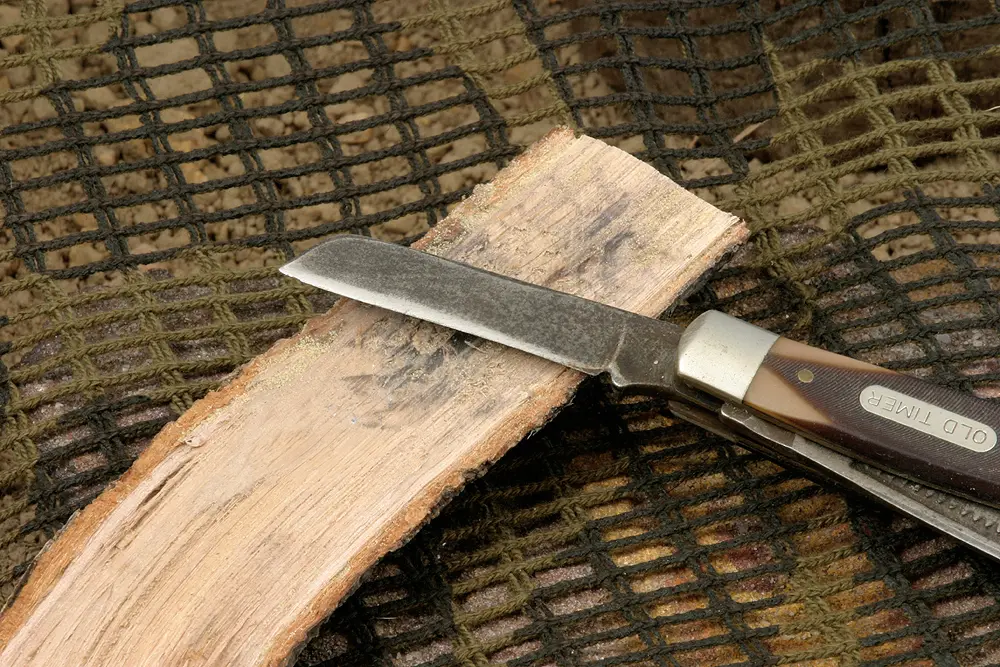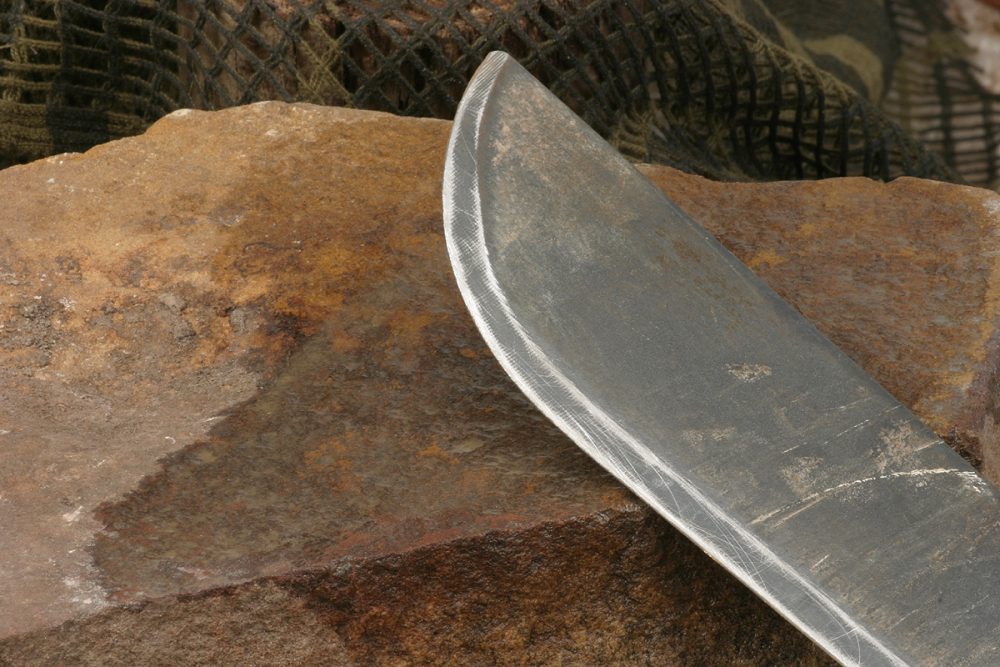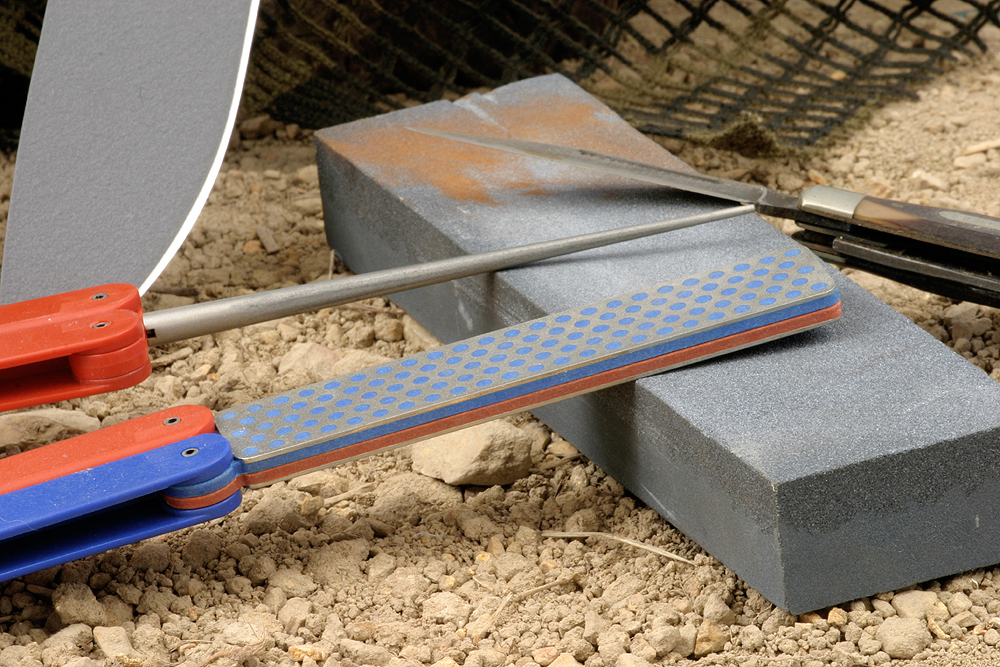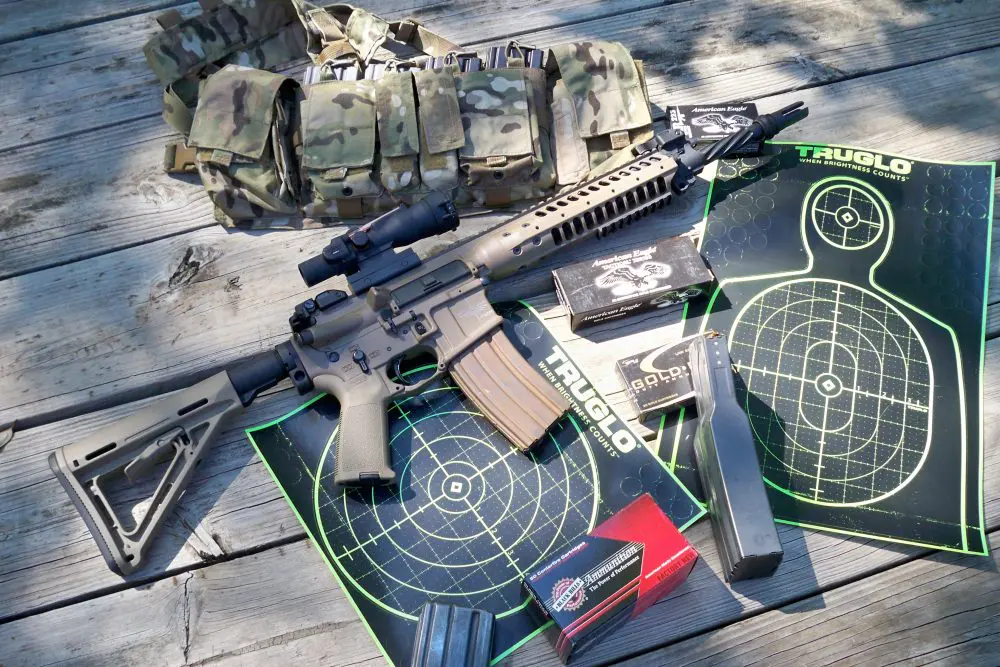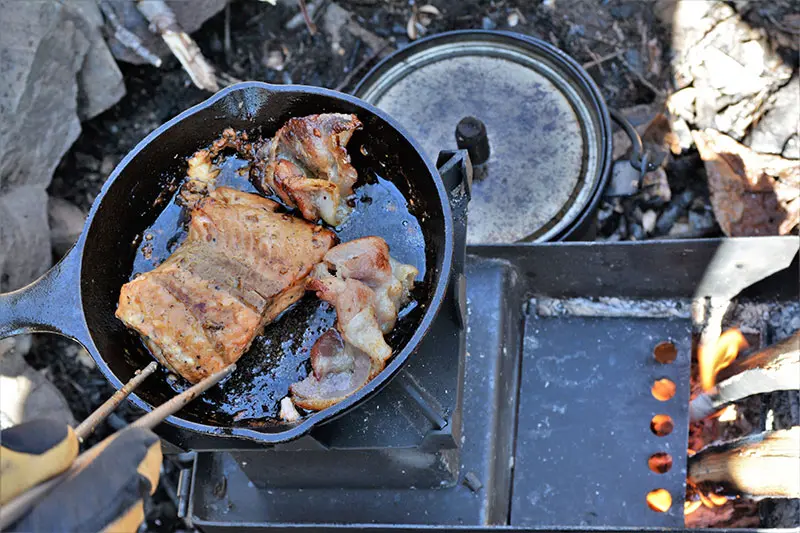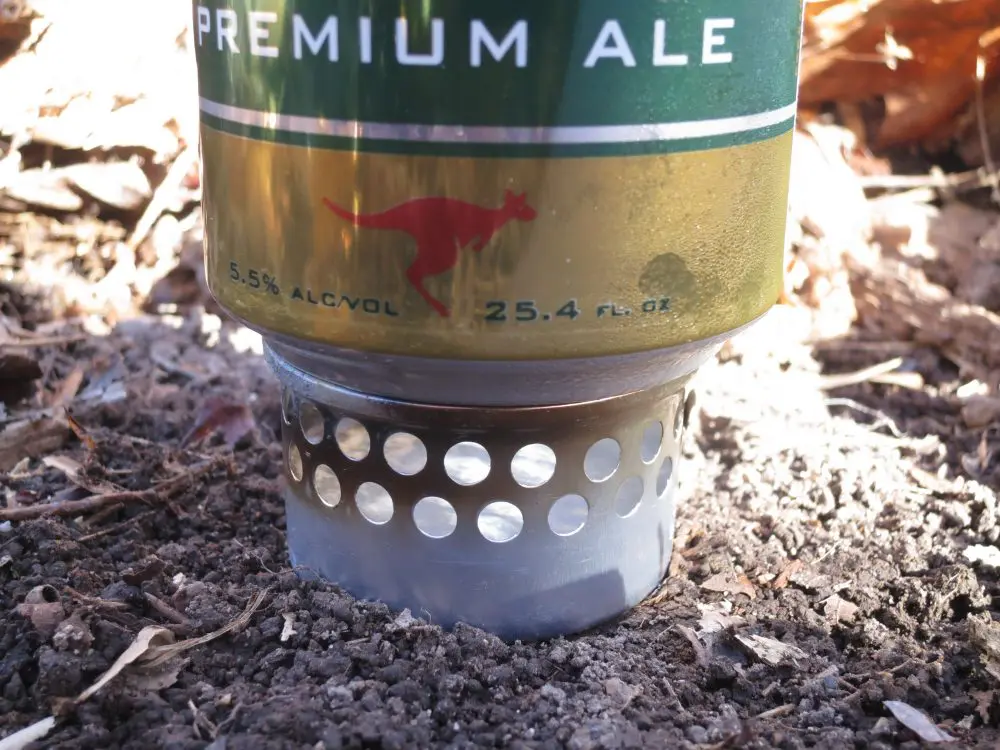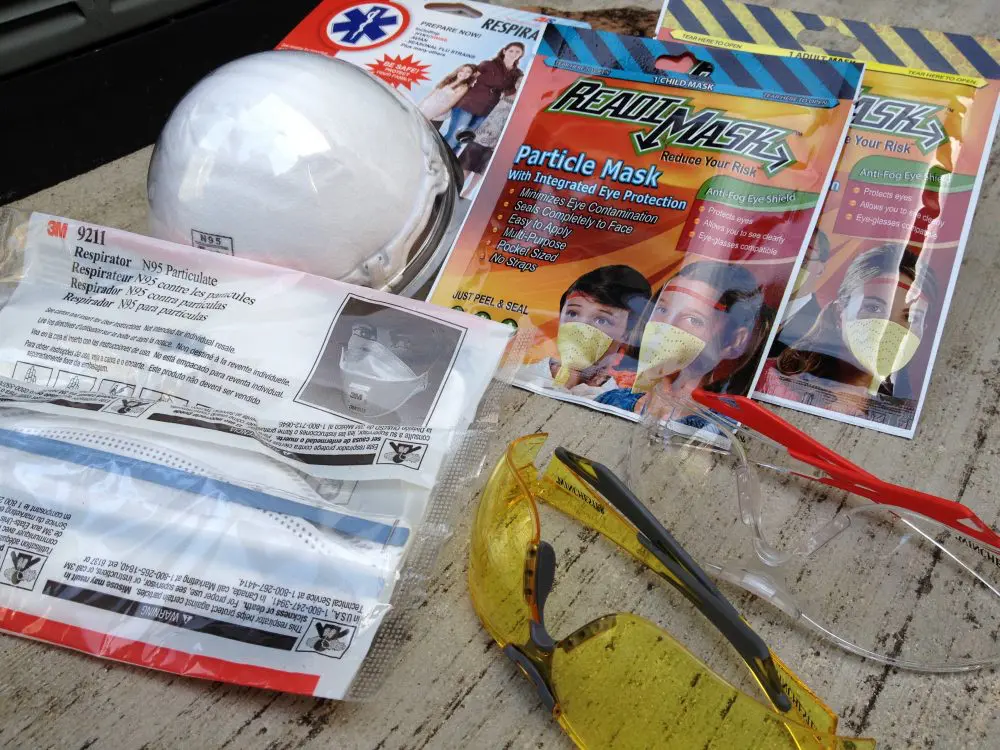Caiman being butchered with author’s knife that had been sharpened on natural stone.
There’s no doubt that a cutting edge is the ultimate survival tool in the wild, but in time all edges need maintenance. So how do you restore an edge in a survival situation if you have no commercial sharpening tools?
Many moons ago, during a visit to a group of Indians on the Chambira River in Peru, I was amazed at how sharp their machetes were, even though no grinders, files or commercial sharpening stones were anywhere in the village. Always curious about cutlery and how it’s maintained, I asked my guide to have one of the hunters show me how he kept the edge sharp. He took me down to the river-bank and pulled up a large flat rock that was kept just below the water line. It was obvious this was a prized possession, since this region of the Amazon has no stone-just mud and rotting vegetation. I later learned the Indians had traded for the stone and it had been in their possession for years. On the dozens of trips I’ve made to primitive Amazonian people since then, I’ve noticed that every village has one big rock tucked away that serves as the community sharpening stone.
While it’s not rocket science to sharpen an edge on natural stone, it’s not as easy as you might think. There’s a difference between polishing an edge and actually removing metal to restore sharpness. While the first procedure can be done with a variety of materials (including the rounded edge of your car window), the latter requires a sharpening media capable of breaking down under the knife’s steel. Generally speaking, when using materials such as stones and rocks for quick metal removal, the harder the material to be sharpened, the looser the micro-grain bonding needs to be within the sharpening media (rock). This break-down continually replaces the dull micro-grains in the rock with new sharp grains. If this doesn’t occur, a glazing effect and clogging of the sharpening device happens, and instead of sharpening, you’re merely polishing the edge. While there’s a lot more science to it than this, I’ve found that soft, fine-grain stones work the best for cutting hardened steels.
Sandstone and other soft, flat rocks make great sharpening stones for field knives.
The best natural sharpening stones I’ve used are sandstone and hard mud-rock, a layered material that couldn’t make its mind up geologically whether to be mud or rock. These materials are usually found in canyons, mountainsides and river cuts. Even if your area has no sandstone, weathered granite and igneous rock outcroppings that have become “rotten” will suffice–although they may take longer to transform into a usable stone. Always try to find the flattest rock available, since it makes the process a lot easier. Once you’ve found your rock, begin by continually rubbing two pieces together to produce a flat surface and remove any projections that may damage the blade. This process is helped along by adding water, since it keeps the surface clean and assists the break-down process. Once you have a flat surface, a blade can be sharpened by applying water and stroking the edge along the prepared surface. Thin, flexible blades, such as machetes, work better and sharpen more quickly than rigid blades. These large, thin blades naturally follow the stone due to flex, while the bigger gripping surface gives the sharpener more control.
For all you knife “purists” reading this article, field sharpening to me (and a lot of other users) means producing a usable edge, not maintaining perfect edge symmetry or bevels. Precision is nice for collectors, but sharpness and efficiency are the rules of field use.
Simple hardwood hone in initial stages of development.
During my travels, I’ve managed to pull shaving edges on everything from cane machetes to Old Timer pocketknives and hatchets–all using stones found in the wild. I’ve learned that a back and forth sharpening motion, cutting in both directions, seems to work more quickly and provide better results. Another tip when sharpening dull edges is to allow the silt formed from the water and sharpening process to remain on the rock. This silt contains minuscule abrasives that increase the cutting action.
While I’m sure there a lot of rocks other than sandstone that can be used, the rule to live by is, the harder the stone, the more difficult it will be to aggressively remove metal from your knife. Using quartz creek-bed stones and flints for primary sharpening is not a good idea, since they’re usually too tightly bonded to provide efficient break-down. However, the smooth surfaces on “creek rocks” work well for polishing, touching up or removing a wire edge after primary sharpening.
Another good primitive technique requires no rocks. Find a small hardwood sapling about two inches in diameter and split it in two with your knife. Smooth the heartwood side down until you have a good flat surface. Take the point of your knife and make multiple small holes in the flat surface, then grind in a pasty mixture of sand and water. These improvised hones are slow, but eventually become saturated with the gritty material and provide a decent pocket hone capable of touching up the edge of your blade. One thing to remember with this process is to stroke away from the blade, so you don’t gouge the wood. Any wire edges produced can be removed on a strop or smooth rock. These sharpening devices take some time to “wear in” but are really useful when nothing else is available.
Commercial sharpeners such as diamond and carborundum are not always available in survival situations.
As a side note to this technique, primitive cultures used the same principle to drill holes in stone by using a fibrous stalk dipped in a paste of sand and water. Constantly adding grit to the hand drill and having a serious amount of patience eventually punctured the rock.
Sharpening serrations in the wild is difficult, but can be done using the edge of a soft rock. Break the rock to produce a sharp edge and then rub these edges into a radius with the piece of stone that broke off. The rounded portion of the stone is then used to stroke the serrations. Smooth edges found on creek-bed stones can also be used to polish and lap serrations.
For fine touch-up in the wilderness, nothing’s better than a belt or pack strap with some sand or mud rubbed in. This strop will quickly restore a keen edge on a blade that only needs minor adjustment. Instead of pushing the blade into the sharpener as you do with stones or hones, on a strop you want to move the cutting edge away from the strop. This does not remove metal, but polishes the existing edge.
Granted, the knives of the mountain men and pioneers of years past were better suited to improvised wilderness sharpening than many of today’s blades. The thin, flexible design and absence of heavy primary bevels and serrations made them good candidates for quick sharpening by primitive methods. Life for those folks required the use of a keen cutting edge, unlike many of the sharpened pry bars we call “knives” today.
